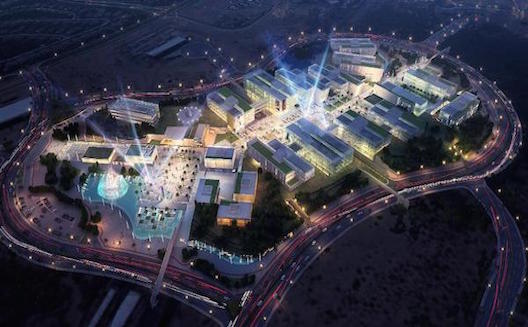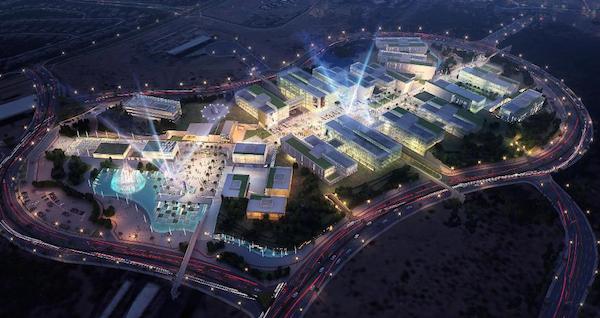5 ways startups should approach smart cities


Dubai's smart city, Silicon
Park, aims to improve life, society, mobility, economy,
governance and the environment.(Image via DSOA)
There are currently many cities aspiring to be, or on the way to becoming, ‘smart’.
The process of building such a city, however, is not easy and requires strong vision, as well as capabilities and the involvement of the country’s decision makers.
Entrepreneurs and startups have their own role to play in this technology.
According to the Digital Agenda for Europe, a smart city “is a place where the traditional networks and services are made more efficient with the use of digital and telecommunication technologies, for the benefit of its inhabitants and businesses.”
When ranking the top five smart cities globally, Forbes relied on five criteria: technologies, buildings, utilities, transportation and road infrastructure, and then the smart city itself.
Ranked first, due to its environment and smart parking, was Barcelona, followed by New York (which scored highly on smart street lighting and smart traffic management); then London (with high scores in tech and open data). With high scores in environment and energy cohesion, was Nice, and lastly, Singapore, with high scores in smart traffic management and creative use of technology.
To pinpoint the concepts that entrepreneurs need to follow in order to have an active role in building a smart city, Wamda met with Rania Rostom, chief innovation and communication officer at GE in MENAT, and Anthony Sayers, Internet of Things (IoT) strategist at Dell EMEA, two companies that seek to contribute to smart cities, through partnerships and research.
Collaboration
Rostom maintained that a smart city is not an individual achievement, but a collaboration of different sides. “I think we need to focus on the problem we need to solve, and involve our partners to reach a solution together,” said Rostom.
She added that collaboration, which may take different forms, requires a flexible mentality where associates must let go of the concept of working “inside walls” and reach out to business partners, academics, clients and other parties, so that they can move forward.

Dubai Design
District (d3). (Image via TECOM Investments)
Sustainability and effectiveness
For Rostom any service or product must offer value to users in terms of sustainability and higher effectiveness. That applies to all kinds of basic and advanced services, from street lights to emergency response, to managing water consumption and energy saving.
In short, no field is beyond achieving these two objectives. “It’s enough to just look at the infrastructure of any city, and the way we live our daily lives, to think of applying these concepts,” she said.
Data
For Sayers, a smart city is composed of smart subsystems: buildings, traffic management, parking regulations, etcetera. Yet the most important thing, according to Sayers, is the transfer of data between the subsystems in a way that renders them connected and beneficial to the public.
Dell’s approach, for example, lies in treating transportation, big data, data analysis and social media as connected sectors that are part of the framework of a smart city.
Sayers also explained how IoT works, where the operational mode of a building for example, (including its elevators, sensors, ACs and such) is linked to the existing Internet infrastructure, allowing data extraction and analysis, which in turn allows smart governance of the building.
The user
The user, or in this case the citizen, should remain at the center of any smart city.
When designing automation solutions, entrepreneurs must be positive that they will be adding value to people. A smart traffic management system, for example, might be beneficial because it helps in reducing traffic, and in turn benefits citizens and facilitates their lives.
Plan in small steps
Building a smart city does not require a massive plan that encompasses all sectors, says Sayers. Entrepreneurs can begin with a simple service and product that solves a problem, and then gradually expand it and apply it to a larger scale. Dubai, for example, can start by finding solutions to make bus stops smarter, to facilitate the job of the driver and the service of the passenger.
A product greater than the sum of its parts
All the above factors aim to guide entrepreneurs in building a better, happier city, said Rostom, especially considering the fact that happiness indicators are now more closely correlated with the city an individual resides in. The important thing, however, remains in using digital networks, analytics and of course ideas for a better productivity, a better performance and a better quality of life.
Building a smart city is no longer a fictional idea, it is now within the reach of many regions, and the Arab region is no exception, especially Dubai, says Sayers, which has all the potential to make it a reality.


